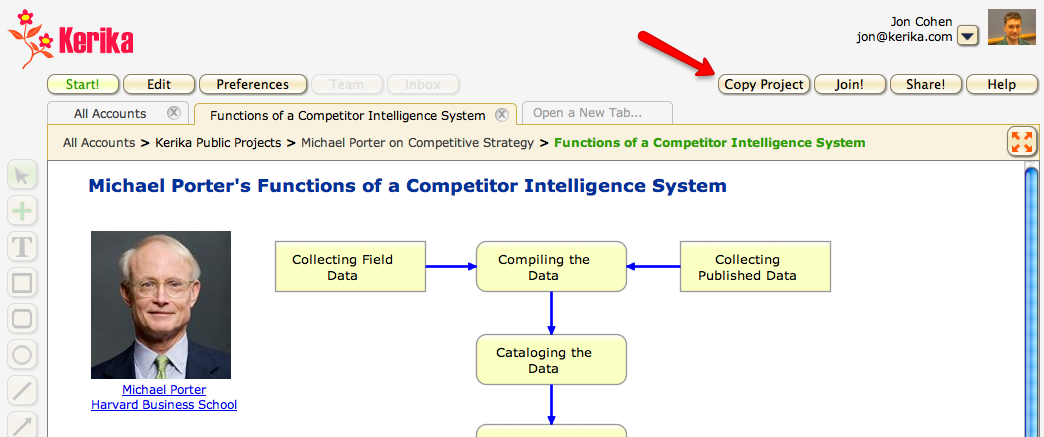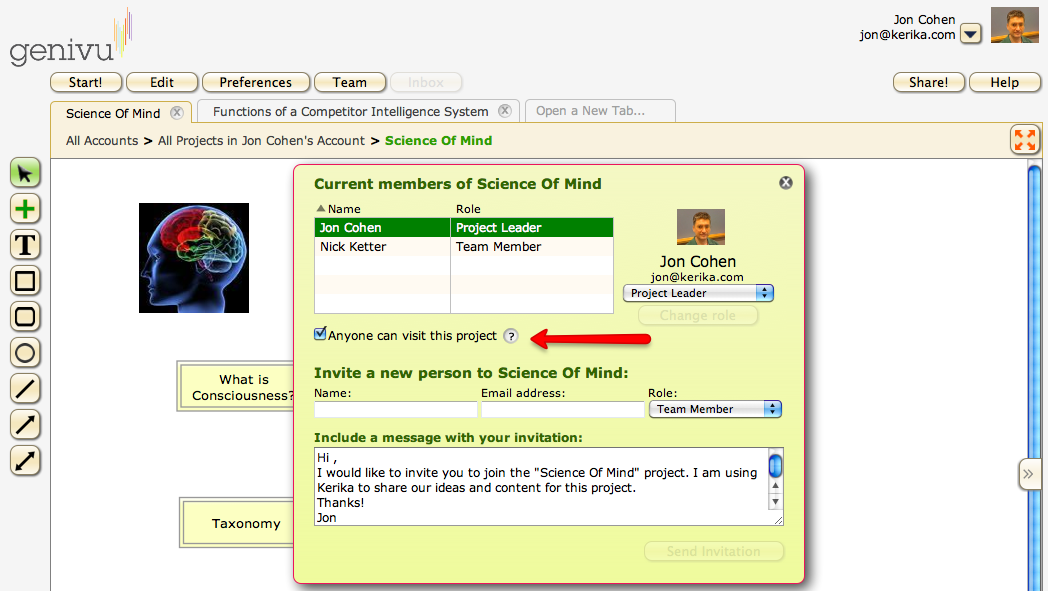Some years ago, a friend presented me with an old iMac that he didn’t need any more – one of those blob-like machines with a clear cover that let you see its innards. It was a heavy, inconveniently shaped machine that nevertheless started a slow migration to all-Mac household today: Mac laptops, iMac desktop, Mac wireless router, iPod, iPhone (and, soon, iPad).
Macs were always attractive for a simple reason: you didn’t have to worry about tuning the operating system. When I had PCs at home, I found myself having to do a clean re-installation of the operating system every 9 months or so, just to clean out the grit and gum that clogged up the Windows registry and system directories.
The way Windows programs were installed was particularly problematic: each application would leave bits and pieces of code and configuration files lying around all over the place, where it would inevitably trip up some other program. If you liked trying out different software, as I did, this meant that every 9-12 months you had to rebuild your PC from scratch: repartition the hard drive, reinstall the operating system (and several years worth of updates), and then all your applications, and then all your files. It typically took a full day, but it was worth it because your machine was all zippy and fast once again – at least for a few months…
The main selling point of Macs was that all this fiddling with your machine was unnecessary: your computer would “just work”, and you wouldn’t have to worry about rebuilding the machine periodically to get it in fighting trim. And, with the new iCloud strategy, Apple is trying to take that brand promise even further, by demoting your expensive gadgets to “just another device”.
Is this all going to work like magic, as Jobs promises? I doubt it, based upon my recent experience with my iPhone… For the past few months I had noticed that many of my basic iPhone applications would just quietly crash when I first tried to launch them: launching the music player, for example, would frequently take two attempts. The maps application would take up to a minute to launch, and then it would operate so slowly that there would be a 2 second delay in echo-back of character input.
I assumed this was due to the fact that the iOS operating system was getting fatter with every new update, while my hardware remained svelte. After all, the upgrade to iOS 4.0 had been particularly painful for my iPhone 3GS: it taught me a painful lesson about not automatically taking the latest software updates, even from Apple!
(And it wasn’t just me: lots of iPhone 3GS users complained bitterly after upgrading to iOS 4 – it was like trying to run Vista on hardware designed for Windows 95)
And that’s the long-winded segue into why it feels like I am actually running Windows on my iPhone: a couple of weeks ago my battery started to run out very quickly (it wouldn’t last even a few hours of slight use), I took my iPhone to the local Apple genius bar where they quickly determined that my iPhone’s OS was in terrible shape. Their recommendation was to do a complete rebuild of the iPhone: from scratch, which meant setting it up as a brand new phone and adding back in all my email accounts, music, etc. by hand.
This rebuild worked: now my iPhone is as fast and responsive as it used to be, but the experience of completely rebuilding an iPhone (which, incidentally, is not the same as doing a “restore from backup”), was all too reminiscent of having to rebuild my Windows machines periodically to clean out the gunk in the registry and system directories.
It is to the credit of the Apple “geniuses” that they quickly determined that my phone’s OS was in trouble, but I also suspect it is because this is a “known but not publicized” problem with iOS 4. Over time, iOS 4 gets in trouble just like Windows XP and Vista (and perhaps Windows 7 as well, although I use that too infrequently to say for sure).
Think different, work same.


